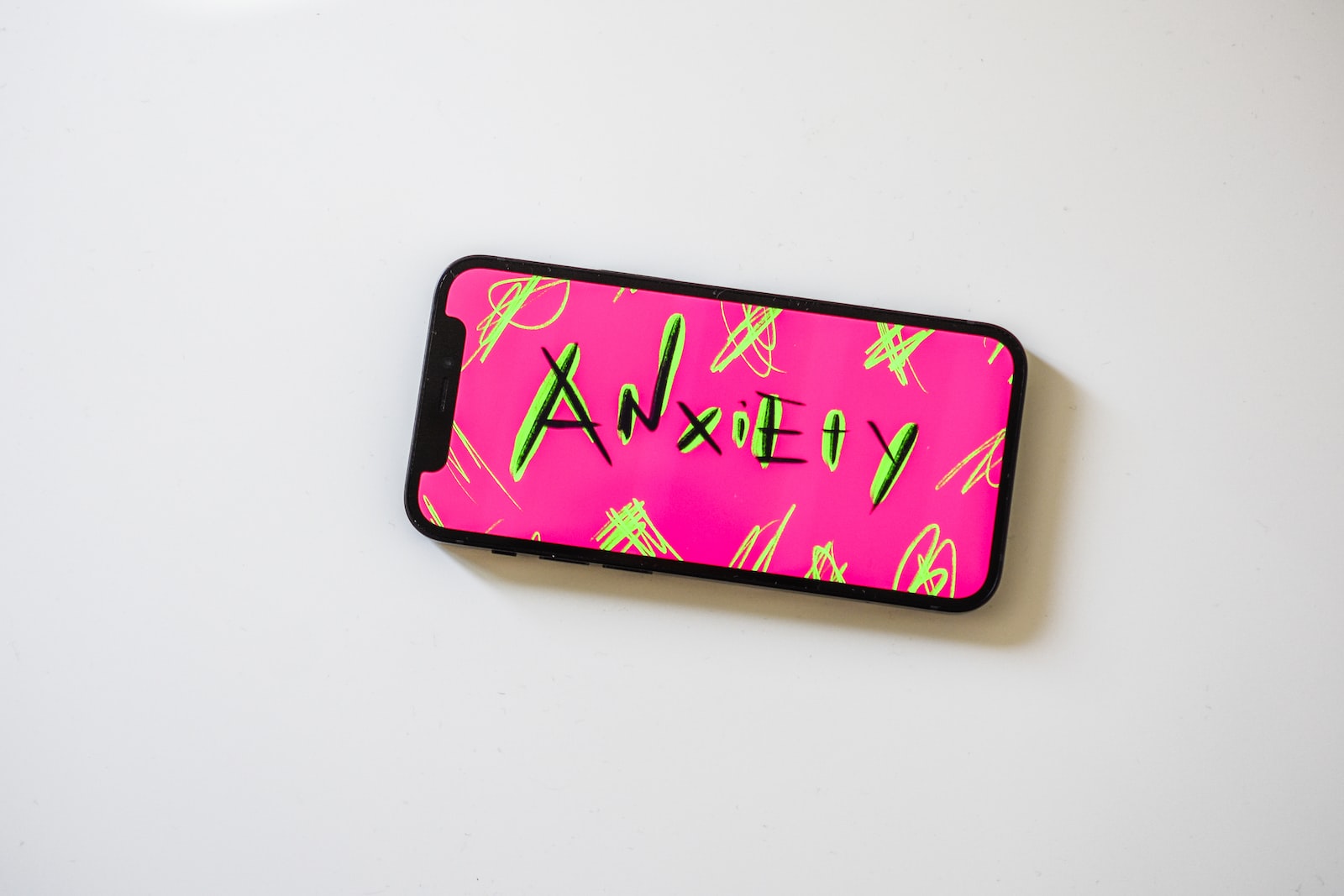Anxiety comes in many shapes and sizes, it is not a one size fits all disorder. Dealing with anxiety can be frightening because not everyone understands what anxiety really is, or they have not experienced it themselves. Explaining this disorder to those who have never experienced it is no easy task. This is because anxiety does not easily manifest outwardly, it is a silent partner. I have heard many times that anxiety is not real because it does not always physically manifest in a way that lets outsiders know it is there. Let’s explore the different types of anxiety and hopefully, we can teach others that just because you cannot see something it does not mean it is not there.
Separation Anxiety
This type of anxiety is exactly what it sounds like. It is an excessive fear of being separated from a specific individual or the individuals home. This attachment figure could be a parent, sibling, friend, partner, spouse or home. There is no limitation on who or what the major attachment figure could be. Separation anxiety is a disorder that can impede everyday living and causes distress to the individual as well as any attachment figures involved.
Symptoms:
- Recurrent excessive distress when anticipating/experiencing separation from home or attachment figure
- Persistent and excessive worry about losing attachment figure through possible harms
- Persistent and excessive worry about an untoward event (getting lost, kidnapped) that causes separation from an attachment figure
- Reluctance or refusal to leave home due to fear of separation
- Fear or reluctance about being alone or without attachment figure
- Reluctance or refusal to sleep away from home or attachment figure
- Repeated nightmares revolving around the theme of separation
- Repeated complaints of physical ailments (headaches, nausea, vomiting) when separated from the attachment figure
Social Anxiety
Having a social anxiety disorder is having anxiety that accompanies social situations where the individual may be exposed to scrutiny from others. Most people experience this type of anxiety at least once in their lives. An example would be the anxiety we often feel before presenting a project in front of a class full of our peers or colleagues. For most of us, the anxiety decreases throughout the presentation or we stop becoming distressed before presenting. Those with social anxiety have the opposite reactions, the anxiety increases and takes time to overcome. However, the situations are not always as obvious as the one portrayed above. Some other examples include meeting new people, conversing, being observed (eating or drinking) and of course performing in front of others.
This disorder also has specifiers for children. In children, the anxiety must present itself in a peer setting and not just when interacting with adults. The symptoms may be expressed through tantrums, crying, freezing, clinging, shrinking or failing to speak in social situations (selective mutism).
Symptoms:
- Fear or anxiety about one or more social situation
- Fear of showing anxiety symptoms that could lead to embarrassing or humiliating situations
- Social situations almost always provoke fear or anxiety
- Social situations are avoided or endured with intense fear or anxiety
- Fear or anxiety is out of proportion to the actual threat posed by the social situation
- Avoidance, anxiety or fear is persistent for at least six months or more
- Anxiety, fear or avoidance causes clinically significant distress or impairment in social, occupational, or other important areas of functioning
- Not attributable to the physiological effects of a substance or another medical condition
- Not better explained by the symptoms of another mental disorder
Generalized Anxiety Disorder (GAD)
Having a general anxiety disorder means that an individual has excessive anxiety and worry. It is more common in women than it is in men and it affects a nice chunk of the population. This makes this disorder more common than most disorders. We all have worry and anxiety at one point or another, but our worry dissipates. Individuals with this disorder have an excessive amount of worry and cannot flip the switch, they are in a cycle of anxiety and worry that cannot be stopped easily. The symptoms are similar to panic disorders and other anxiety disorders. (Click here to take our generalized anxiety disorder test.)
Symptoms:
- Restlessness or feeling keyed up or on edge
- Being easily fatigued
- Difficulty concentrating or mind going blank
- Irritability
- Muscle tension
- Sleep disturbances (difficulty falling or staying asleep, or restless, unsatisfying sleep)
Agoraphobia
Agoraphobia is a disorder in which an individual experiences fear or anxiety about specific places or modes of transportation. This disorder revolves around helplessness and embarrassment. This means that the individual is fearful of a situation because of the potential danger and the possibility that no-one would be able to help the individual if something were to happen. Agoraphobia disrupts daily living because the individual must find alternative ways to their destinations due to the anxiety that accompanies them while using public transportation or standing in line waiting for a train ticket.
Symptoms:
- Using public transportation (automobiles, buses, trains, ships, planes)
- Being in open spaces (parking lots, marketplaces, bridges)
- Being in enclosed places (shops, theatres, cinemas)
- Standing in line or being in a crowd
- Being outside of the home alone
Panic Disorder
Panic disorders are aggressive. This state of panic comes about abruptly and usually without any type of warning. Most individuals confuse this disorder with heart attacks because the symptoms are similar to those of a heart attack. It is also difficult to “pin” down the cause of the panic because it can come on suddenly and without any triggers.
Symptoms – an abrupt panic surge can occur from a calm state or an anxious state
- Palpitations, pounding heart, or accelerated heart rate
- Sweating
- Trembling or shaking
- Sensations of shortness of breath or smothering
- Feelings of choking
- Chest pain or discomfort
- Nausea or abdominal distress
- Feeling dizzy, unsteady, light-headed, or faint
- Chills or heat sensations
- Paresthesias
- Derealization or depersonalization
- Fear of losing control or “going crazy”
- Fear of dying
Specific Phobia
Marked fear or anxiety about a specific object or situation. What this means is that an individual with this type of disorder has a very specific fear or anxiety, it is not a general fear. An example of this would be a small child screaming due to seeing a dog. We don’t see the dog as a threat, but the child feels excessive fear towards the animal. It is specific to the individual.
Subtypes:
- Animals (spiders, insects, dogs)
- Natural environment (heights, storms, water)
- Blood-injection-injury (needles, invasive medical procedures)
- Situational (airplanes, elevators, enclosed spaces)
- Other (situations that may lead to choking or vomiting; in children, this includes loud sounds or costumed characters)
Treatment
There are several types of treatments for Anxiety Disorders and it does take time for an individual to see improvement in symptoms. It also takes time to find the correct type of therapy and/or medications that address the individual’s specific needs.
Psychotherapy “Talk therapy”: This therapy is good for individuals who do not wish to take medications and their disorder is not too extreme. Talk therapy can help figure out the underlying causes of their fears and anxieties and through talking they can solve the problems.
Cognitive Behavioral Therapy (CBT): This type of therapy is like a reprogramming therapy. The therapist helps the individual learn different ways of thinking, behaving and reacting to their anxieties and fear situations.
-cognitive therapy: identifies, challenges and then neutralizes negative thoughts.
-exposure therapy: confronts fears in a controlled environment in order to become more comfortable with anxiety or fear.
Medications can include antidepressants, anti-anxiety and beta blockers. The type of medication used is at the discretion of the psychiatrist treating the individual. This can lead to a trial and error event due to the specific needs of each individual.


